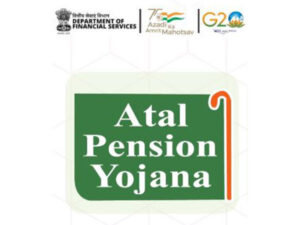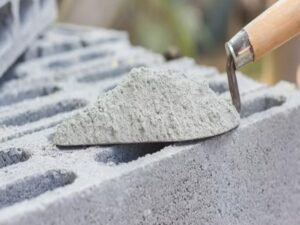Majority 55% of Indian economy continues to grow positively: HSBC Global Research
New Delhi [India], November 24 (ANI): Despite the fluctuations, majority 55 per cent of the Indian economy continue to grow positively, a report by HSBC Global Research said.
The report added that after a period of rapid stock market gains and impressive GDP growth, the Indian economy appears to be settling into a more moderate phase.
The report which analysed 100 indicators of growth added that while a majority, represents a decline from 65 per cent just a quarter ago, hinting at a cooling of sentiment.
As per the report certain sectors are outperforming, and long-term prospects are promising.
However, indicating the slowdown, it adds, “While a lower proportion of the economy seems to be growing positively compared to a quarter ago (55 per cent vs 65 per cent), the majority of indicators are still positive. And while investment activity (especially construction and public sector led) is holding up, consumption related ones are slowing.”
Recognising the growth in some sectors, the report adds that agriculture which accounts for 15 per cent of the GDP witnessed a sign of improvements, with 60 per cent of its indicators exhibiting a positive trend.
Inconstant rains and heatwaves during the monsoon season disrupted production earlier in the year, but a return to normal temperatures and well-filled reservoirs have bolstered prospects, the report added.
Excepting unexpected shock, the agriculture sector is showing sign of further growth in the coming months.
Going further with the analysis, it says that the governmnet current and capital expenditure spending has been growing, spurring investments.
It highlights that the credit to industries, especially small and medium enterprises, is expanding rapidly and robust digital public infrastructure has enhanced credit accessibility.
The construction activities has been strong buoyed by ongoing real estate and infrastructure projects though the pace has slightly moderated.
It adds that India’s export basket has begun to diversify. “Diversification of the export basket towards professional services is helping to hold up export growth,” it added.
The report highlights that the consumption in both rural and urban centers have witnessed sluggishness. Manufacturing output related to consumer goods has dipped, even as construction-related goods hold steady.
The slowdown in consumer loans, especially uncollateralized ones, reflects the Reserve Bank of India’s (RBI) efforts to temper excesses in credit growth, the report added.
Mining and utilities have also experienced a sharp decline, with none of their indicators showing positive growth this quarter. The normalization of weather conditions has reduced electricity demand, which had spiked during the heatwave earlier in the year.
The communication sector has seen growth stall, likely due to the impact of tariff hikes earlier this year. Trade and transport continue to lag in their recovery, but tourism-related activities are thriving, driven by pent-up travel demand.
The financial sector is also showing contraction, as per the report.
It highlights that while the industrial finance is robust, supported by expanding credit to small enterprises, the consumer finance has softened, following regulatory measures to curb over-leverage in the personal loans market.
It recognised the contribution of sectors such as electronics manufacturing, digital startups, and Global Capability Centres but noted that these sectors are normalising.
“The exuberance in electronics manufacturing, Global Capability Centres, and digital start-ups, led to high growth and incomes at the top of the pyramid. But after a few heady years, the base is rising, and growth in these sectors is normalizing to more sustainable levels,” the report adds.
“Overall GDP growth is gradually converging from 7 per cent + levels to a more sustainable but still strong ‘potential growth’ level of 6.5 per cent. If the improved prospects for agriculture stick, this new growth clip could be more equitably spread,” the report adds.






